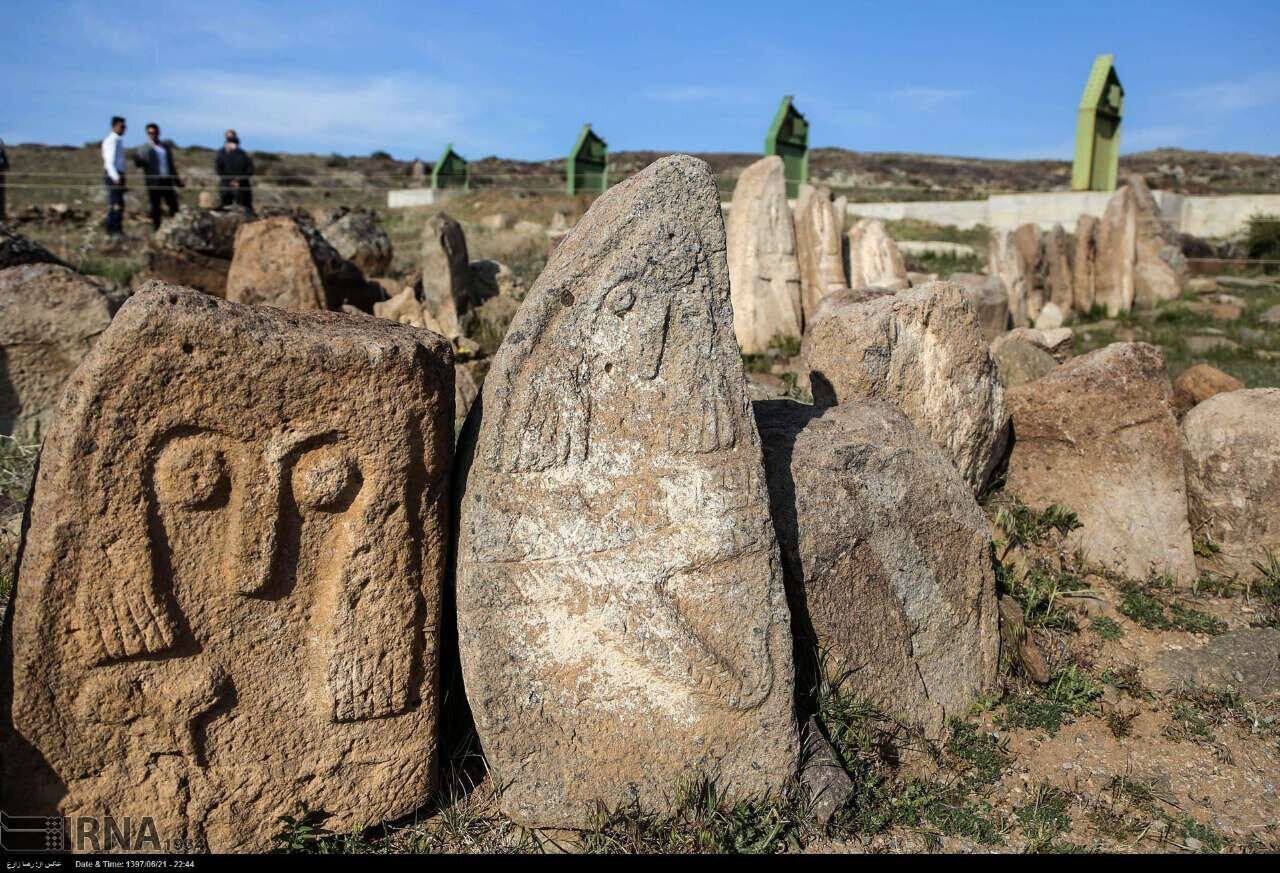Shahr-e Yeri, aka ‘City of the Mouthless’, deserves a UNESCO label, MP says

TEHRAN - Reza Babakzadeh, the Iranian Member of Parliament representing Meshkin Shahr, emphasized the profound historical significance of Shahr-e Yeri, an ancient site in Meshkin Shahr county of Ardabil province.
Babakzadeh underscored the site’s potential to gain UNESCO World Heritage status, advocating for increased efforts to preserve and promote the region’s rich cultural heritage.
Shahr-e Yeri, aka ‘City of the Mouthless’, is a unique archaeological site in northwest Iran. Over the past couple of years, the site underwent extensive restoration work to help safeguard its Iron-Age fortress, three prehistorical temples, and tens of stones which bear bizarre-shaped mouthless faces.
“Historical sites and artifacts convey our nation’s identity and civilization, and we must not neglect their preservation and promotion,” Babakzadeh said in an interview with CHTN on Friday.
He highlighted the collaborative efforts with the provincial Department of Cultural Heritage, Tourism, and Handicrafts, alongside the allocation of adequate funds, to safeguard and revive the historical treasures of Meshkin Shahr.
He noted Shahr-e Yeri, with a history spanning over 7,000 years, stands out as one of the pillars of the region’s history and civilization.

The MP pointed out that despite Ardabil province's exceptional potential in various sectors, it remains underdeveloped in some areas. He called for a united effort among officials to mobilize existing resources for the province’s development.
He advocated for increased investments in tourism, particularly by leveraging the hidden potential of tourist villages, to maximize the benefits of this industry. “The tourism capacities of Ardabil province and Meshkin Shahr, in particular, are notable advantages that should be fully exploited.”
Elsewhere in his remarks, Babakzadeh highlighted the importance of the Meshkin Shahr Archaeological Museum project, considering it a significant asset for the country.
Shahr-e Yeri was inscribed on the list of national heritage sites in 1931. It embraces an Iron-Age fortress, three prehistorical temples, and tens of stones on which bizarre-shaped mouthless faces have been carved. In its heyday, bodies of the dead were buried with special ceremonies and rituals in compliance with religious beliefs… however, the majority of the tombs were found empty of skeletons due to illegal excavations, according to the Circle of Ancient Iranian Studies.

More than 10,000 ancient petroglyphs and rock-carved art have been discovered in and near Meshkin Shahr over the past couple of years. Some of the objects bear depictions of human beings in archery and cavalry in rhythmic and magical themes. There are also petroglyphs depicting mountain goats, boat anchors, shooting and scenes of war, and scenes of deer hunting in individual and collective forms.
Rock arts can be seen around mountainous regions across Iran where roaming life and livestock farming are typically prevalent. The rock-carved figures of animals and associated tools are regarded as good clues to help shed light on daily life in the distant past, though some figures might be symbolic.
AM
Leave a Comment